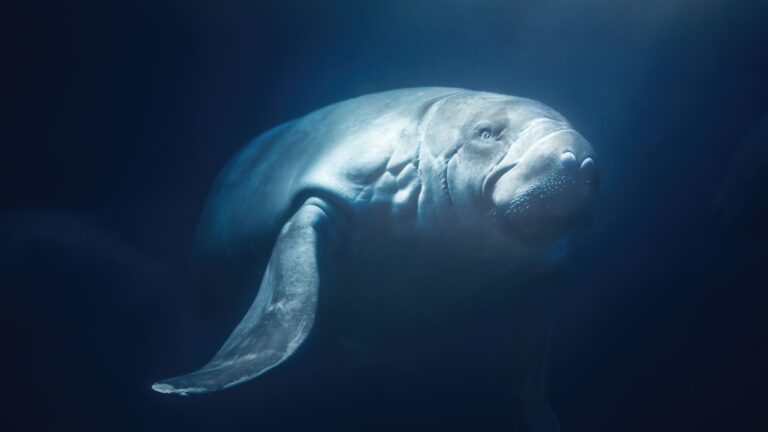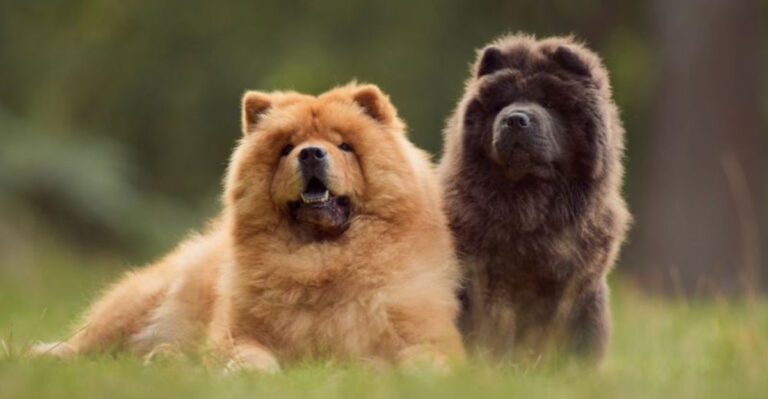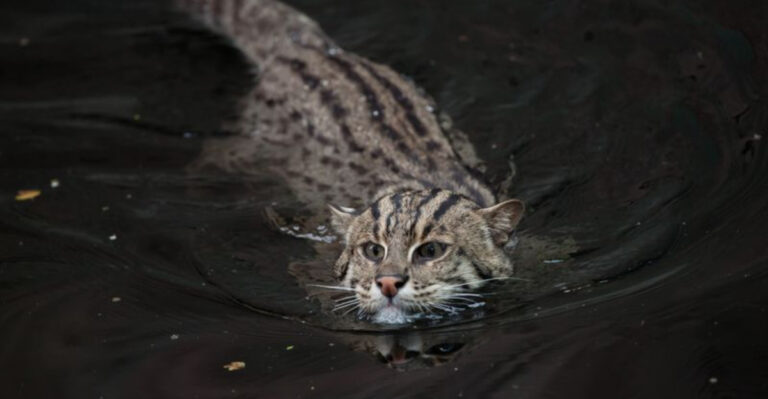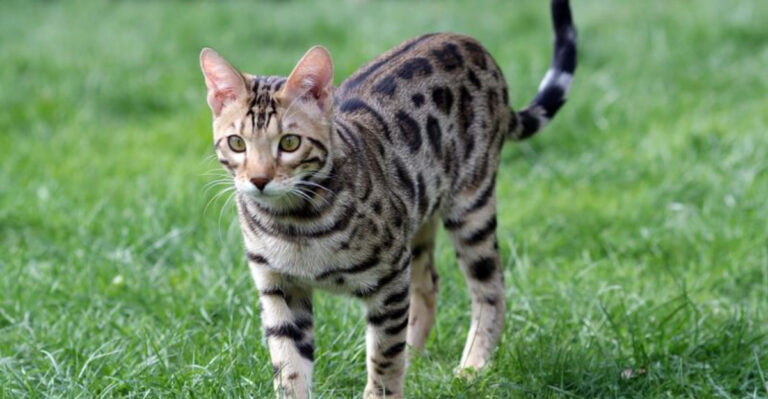15 Unusually Colored Birds You Might See In Your Backyard
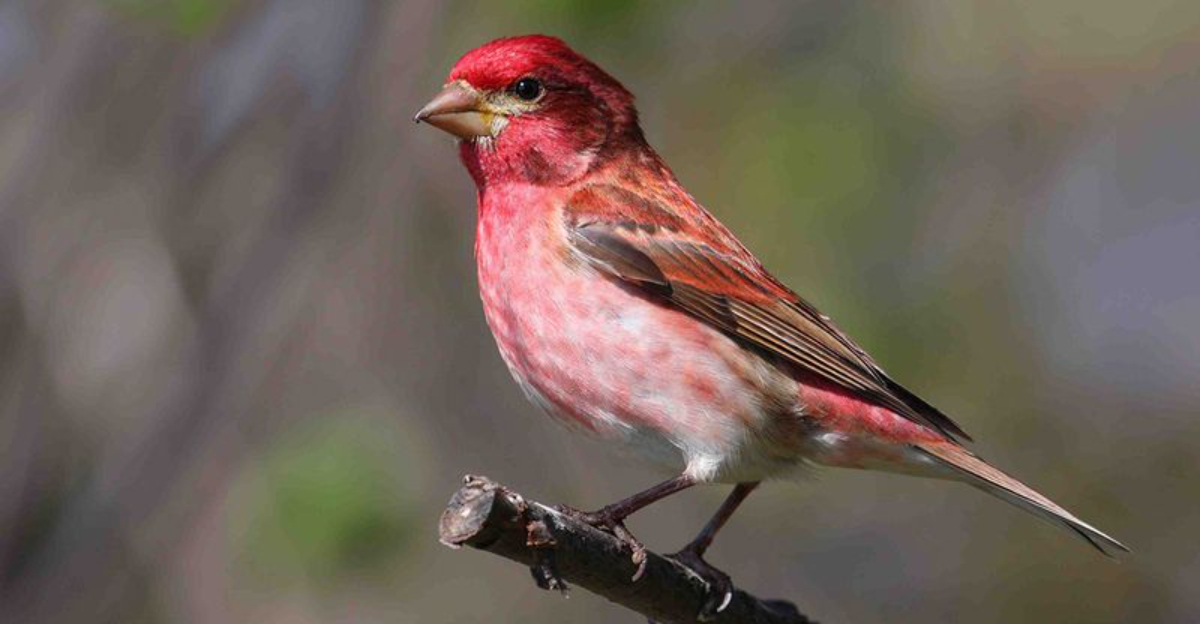
Ever glanced out your window and spotted a flash of unexpected color among the usual feathered visitors? While robins and sparrows are familiar sights, North America is home to many birds with surprising and vibrant plumage.
From electric blues to flaming oranges, these colorful visitors can turn an ordinary day into something special. Let’s explore some unusually colored birds that might be brightening up your backyard right now.
1. Northern Cardinal
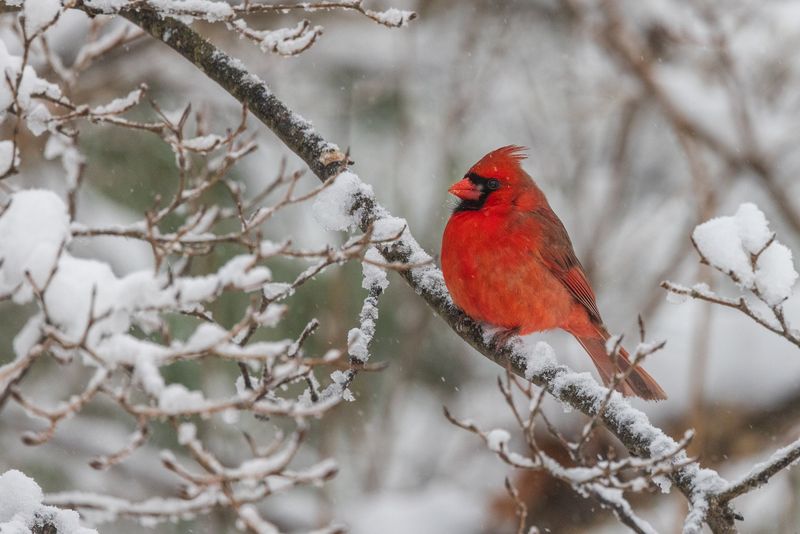
Nothing says “wow” quite like a male cardinal’s brilliant red plumage against winter snow. These scarlet stunners maintain their vibrant color year-round, unlike many birds that molt to duller feathers in winter.
Female cardinals sport an attractive tan-olive look with reddish accents. These melodious birds are non-migratory, so your backyard might be home to the same cardinal family for years!
2. Indigo Bunting
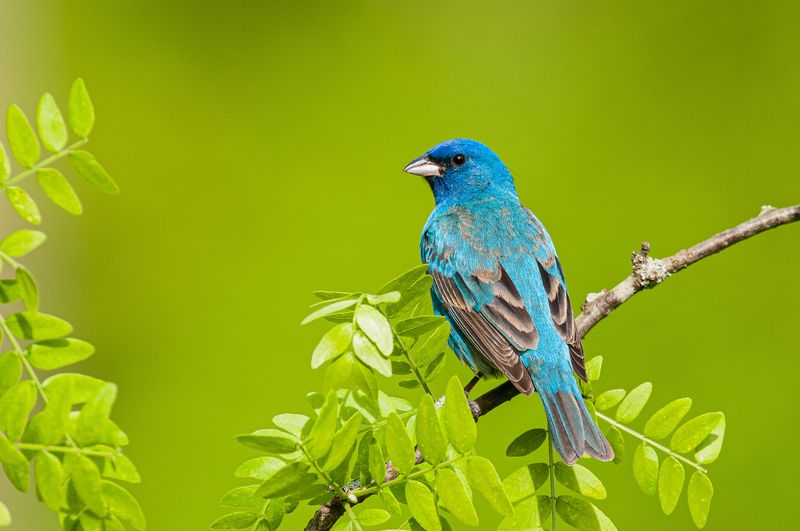
Imagine a blueberry with wings zipping through your garden! Male Indigo Buntings appear almost artificially blue—their feathers contain no blue pigment at all. The stunning color comes from light refraction, similar to how we see a blue sky.
Females wear a modest brown coat with subtle blue hints. These dazzling birds visit feeders in summer months, bringing a tropical feel to temperate backyards across eastern North America.
3. American Goldfinch
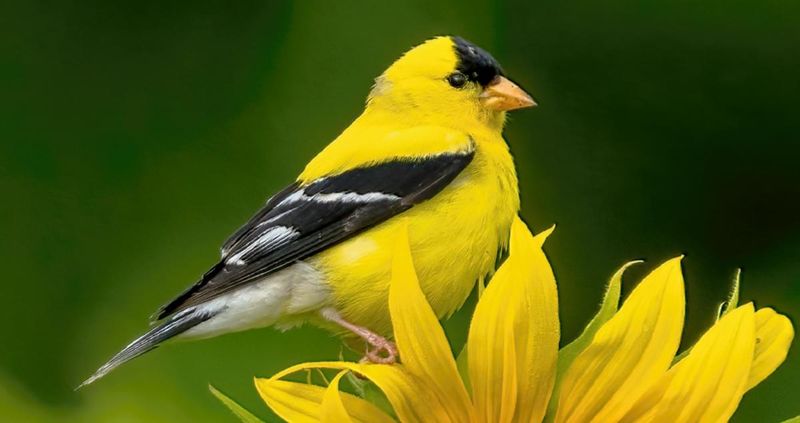
Flying lemons might sound fictional, but male American Goldfinches come pretty close! Their summer coat transforms from dull olive to brilliant yellow that rivals any canary. These cheerful birds perform aerial acrobatics while calling their distinctive “po-ta-to-chip” song.
Goldfinches adore thistle seeds and will happily visit specialized finch feeders. Their color changes dramatically with seasons—winter brings a more subdued olive-yellow that still brightens gray days.
4. Cedar Waxwing
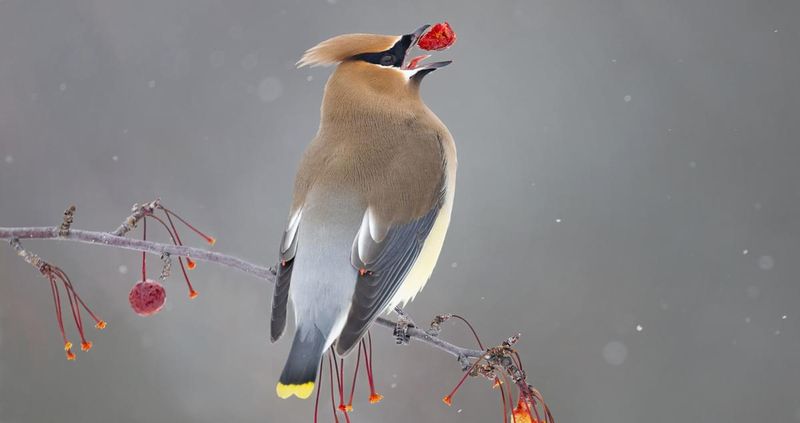
Sporting a fashionable mask and a yellow-tipped tail, Cedar Waxwings look like they’re dressed for a masked ball. Their most striking feature? Bright red waxy tips on wing feathers that resemble drops of sealing wax—hence their name.
These social birds travel in chatty flocks, feasting on berries with incredible efficiency. Their overall coloration—a blend of soft brown, yellow, and gray—creates a silky, sophisticated appearance unlike any other backyard visitor.
5. Rose-breasted Grosbeak
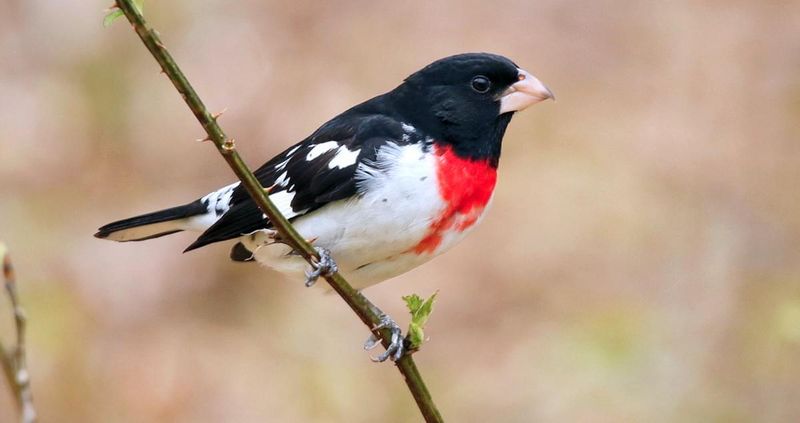
Picture a tuxedo-wearing bird with a bright pink bib! Male Rose-breasted Grosbeaks sport this exact look—crisp black and white plumage with a triangular rose-red breast patch that seems almost painted on.
Their massive beaks easily crack seeds at feeders, where they’re often spotted during spring migration. Females lack the rosy splash but wear an equally attractive streaked pattern of brown and white with subtle yellow under the wings.
6. Painted Bunting
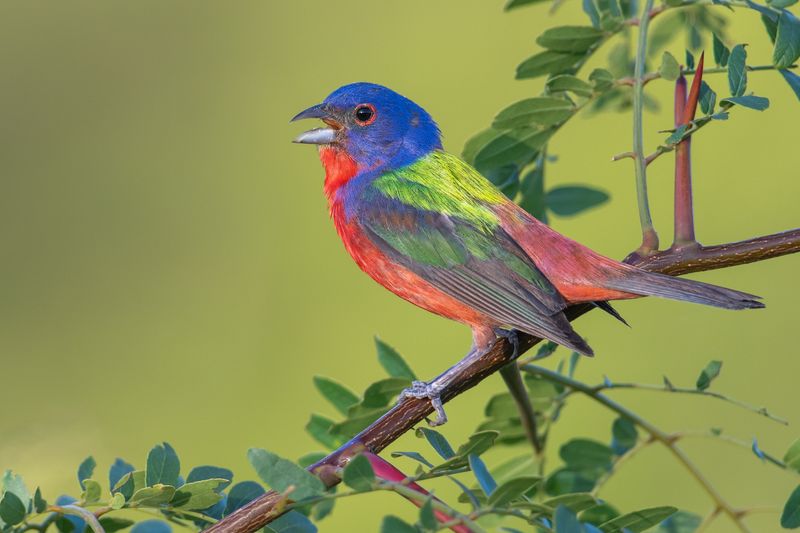
Resembling an escaped tropical parrot more than a North American songbird, male Painted Buntings wear a coat of impossible colors. Their blue heads, red underparts, and green backs seem almost too vivid to be real.
These living rainbows visit southern states, bringing Technicolor splendor to lucky backyard bird watchers. Females sport a uniform lime-green that’s beautiful in its own right, though less flamboyant than their male counterparts.
7. Baltimore Oriole
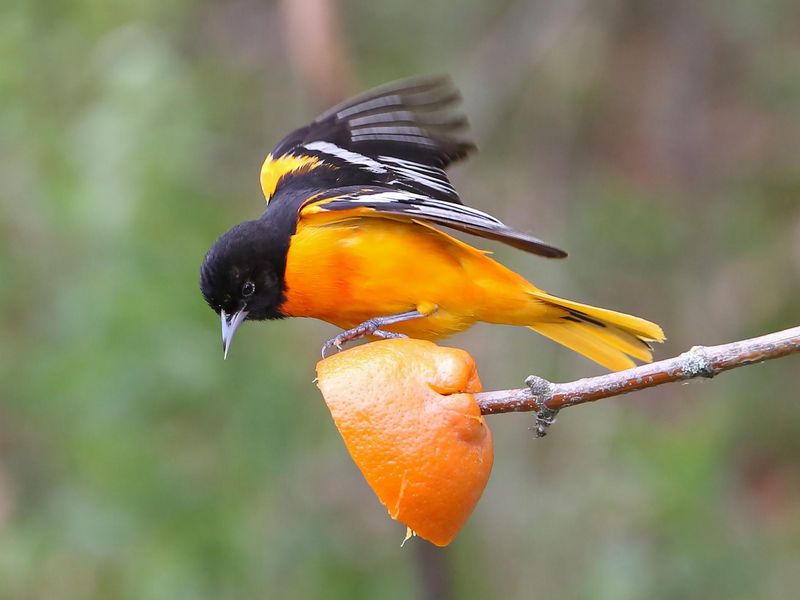
Flashing through trees like living flames, Baltimore Orioles bring tropical flair to northern backyards. Males sport brilliant orange underparts contrasting with black heads and backs—colors that inspired the Baltimore baseball team’s uniforms.
These master weavers construct remarkable hanging nests that dangle from tree branches. Attract these orange beauties with halved oranges or grape jelly feeders in spring, when their flute-like songs announce their arrival from winter homes.
8. Blue Jay
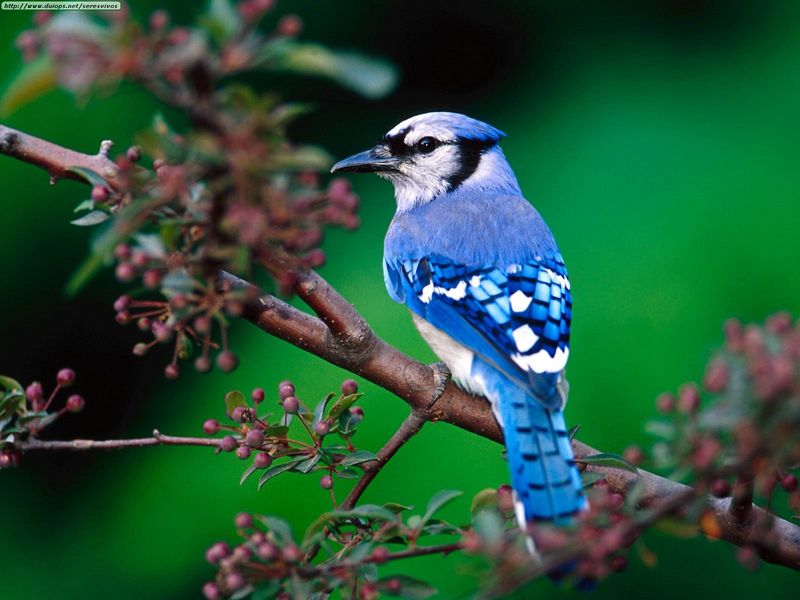
Boisterous and bold, Blue Jays make their presence known with both color and volume! Their bright blue upper parts contrasted with white underparts and black necklace create one of the most recognizable bird patterns in North America.
These intelligent birds can mimic hawks and even human voices. Blue Jays’ feathers contain melanin structures that scatter light to create their blue appearance—crush a feather, and the blue disappears because the structure is destroyed.
9. Purple Finch
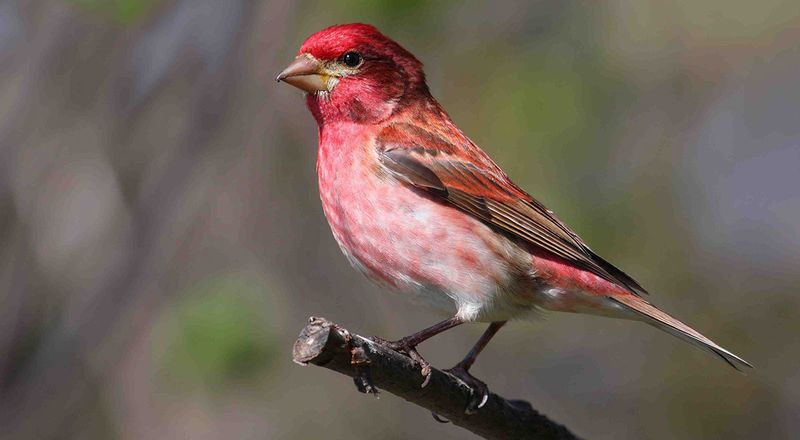
Despite their name, Purple Finches aren’t truly purple—they appear as if they’ve been dipped in raspberry juice! Males sport this rosy-red wash over their heads and upper bodies, creating a fruity, warm color unlike typical reds in the bird world.
Often confused with House Finches, Purple Finches have a chunkier build and cleaner coloration. Their sweet warbling song might grace your backyard in northern states or during winter migrations when they visit feeders for black oil sunflower seeds.
10. Scarlet Tanager
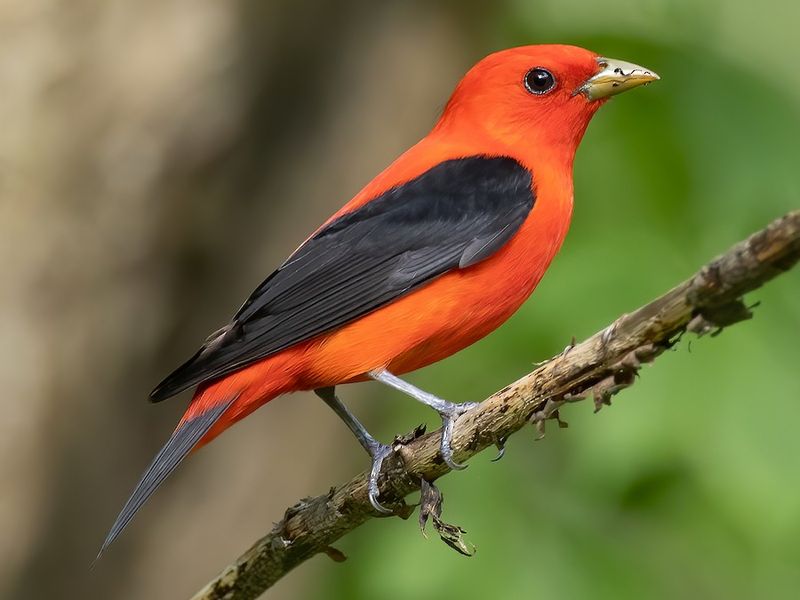
Glowing like embers among green leaves, male Scarlet Tanagers seem almost unreal with their intense red bodies and jet-black wings. These flame-colored birds often remain hidden in forest canopies, making backyard sightings especially thrilling.
Their brilliant plumage is only worn during breeding season. By fall, males molt into yellowish-green feathers similar to females. Listen for their distinctive “chick-burr” call that sounds oddly like a robin with a sore throat!
11. Eastern Bluebird
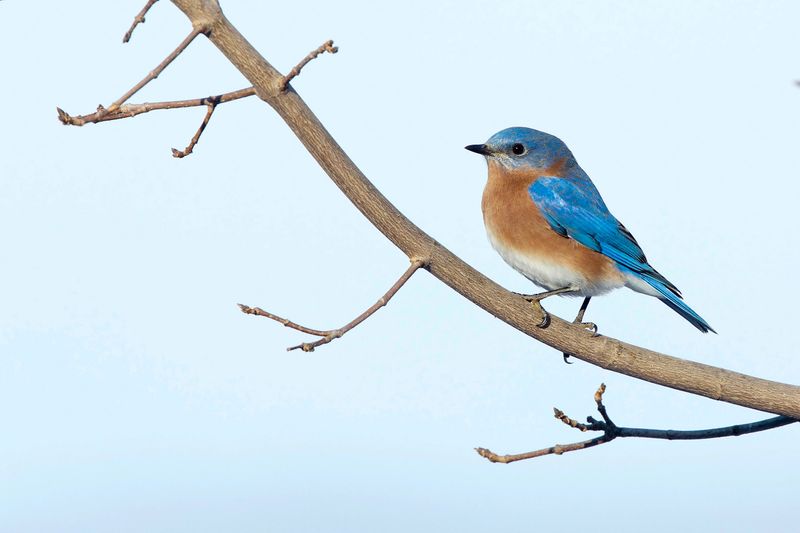
Carrying a piece of clear sky on their backs, Eastern Bluebirds bring a special magic to any backyard. Males display vibrant blue upper parts with rusty orange throats and breasts—a color combination that seems almost too perfect to be natural.
These cavity nesters readily accept properly sized birdhouses. Their gentle warbling song and habit of perching in open areas make them easier to spot than many colorful species. Offering mealworms might entice these gorgeous birds to become regular visitors.
12. Yellow-headed Blackbird
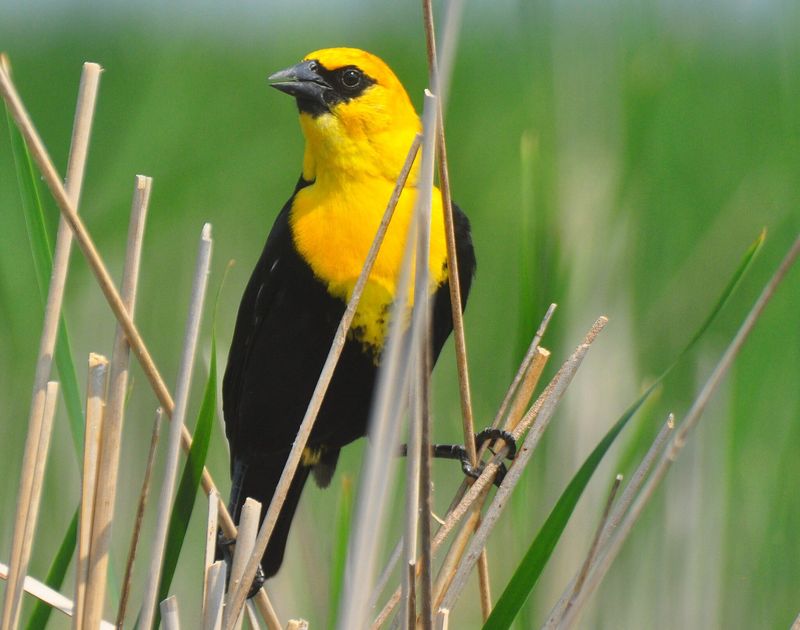
Imagine a bird that looks like it’s wearing a bright yellow balaclava! Yellow-headed Blackbirds feature this exact pattern—a brilliant golden-yellow head and breast set against a glossy black body, creating a dramatic contrast that’s impossible to miss.
These marsh-loving birds occasionally visit backyard feeders in western states. Their strange, rusty-gate call sounds nothing like their beautiful appearance would suggest. Females wear a more subdued yellow-brown pattern but still catch the eye.
13. Western Tanager
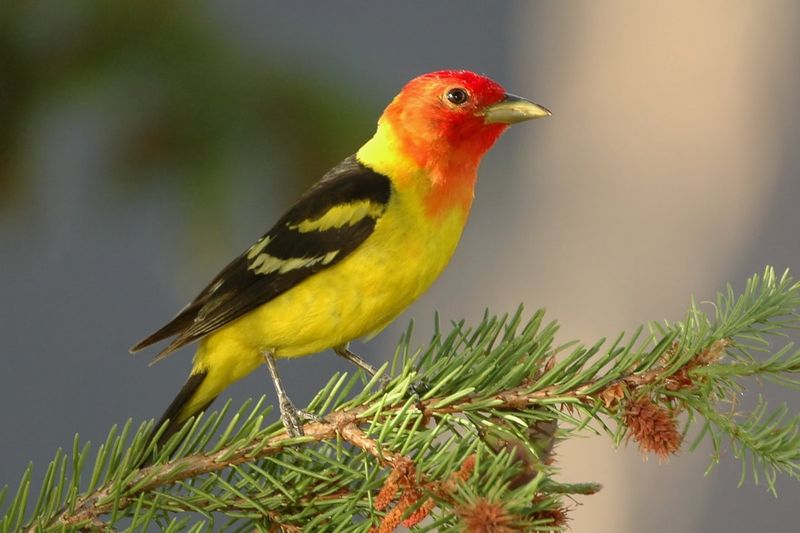
Looking like they’re wearing a flaming Halloween mask, male Western Tanagers combine a blazing red-orange face with a bright yellow body and black wings. This tricolor pattern creates one of the most striking birds you might spot in western backyards.
The red pigment in their faces comes from insects in their diet! These gorgeous birds visit backyards during migration or summer months. Their preference for high treetops makes each sighting a special treat for backyard bird enthusiasts.
14. Evening Grosbeak
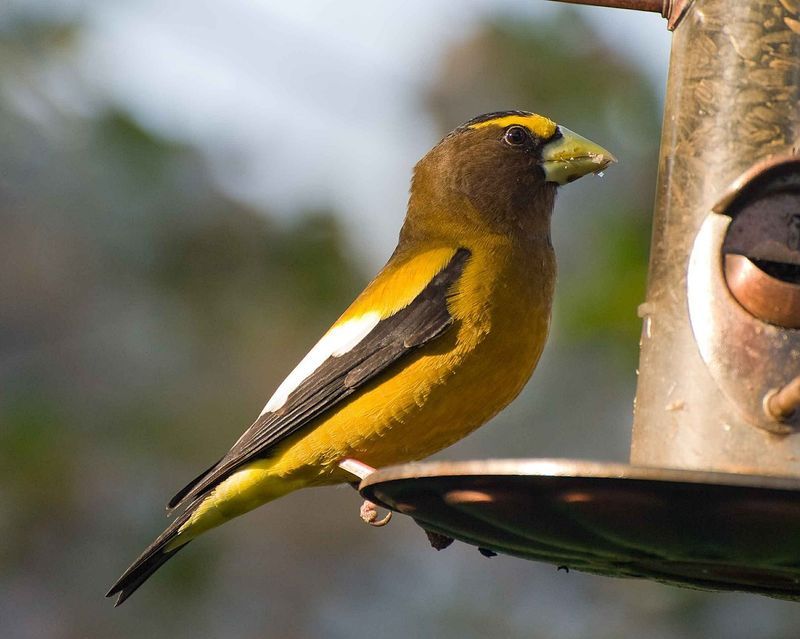
Resembling chunky goldfinches on steroids, Evening Grosbeaks bring a splash of sunshine with their yellow and black plumage. Males sport bright yellow foreheads and bodies with striking black wings adorned with white patches.
These powerful birds can crack open large seeds with their massive pale beaks. Though normally forest dwellers, they make irregular winter invasions into backyards when northern food sources run low. Their presence at feeders is always a special event for bird watchers.
15. Varied Thrush
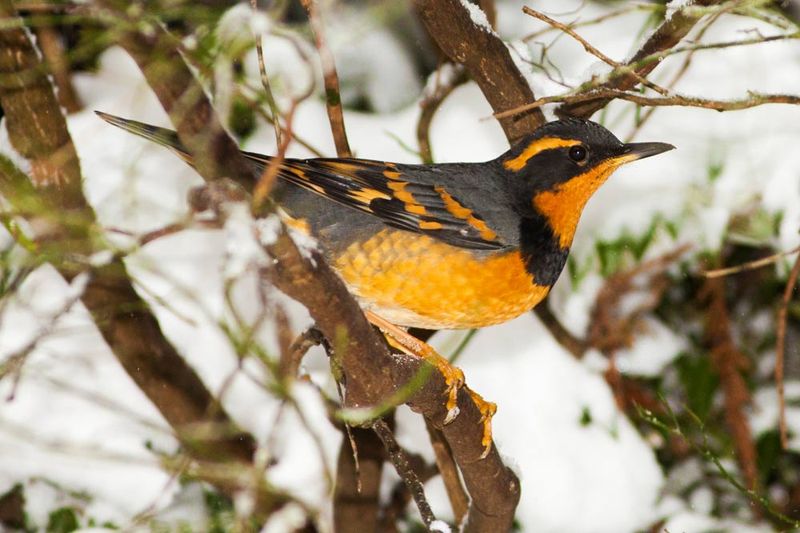
Draped in Halloween colors, Varied Thrushes bring a mysterious beauty to western backyards. Their slate-blue backs and orange eyebrows, throat, and underparts create a striking contrast, especially against winter landscapes.
A bold black breast band distinguishes them from their robin cousins. These shy birds typically prefer forests but visit yards during harsh weather. Their eerie, single-note whistles echo through winter air, adding to their enigmatic presence when they appear beneath feeders foraging for fallen seeds.

